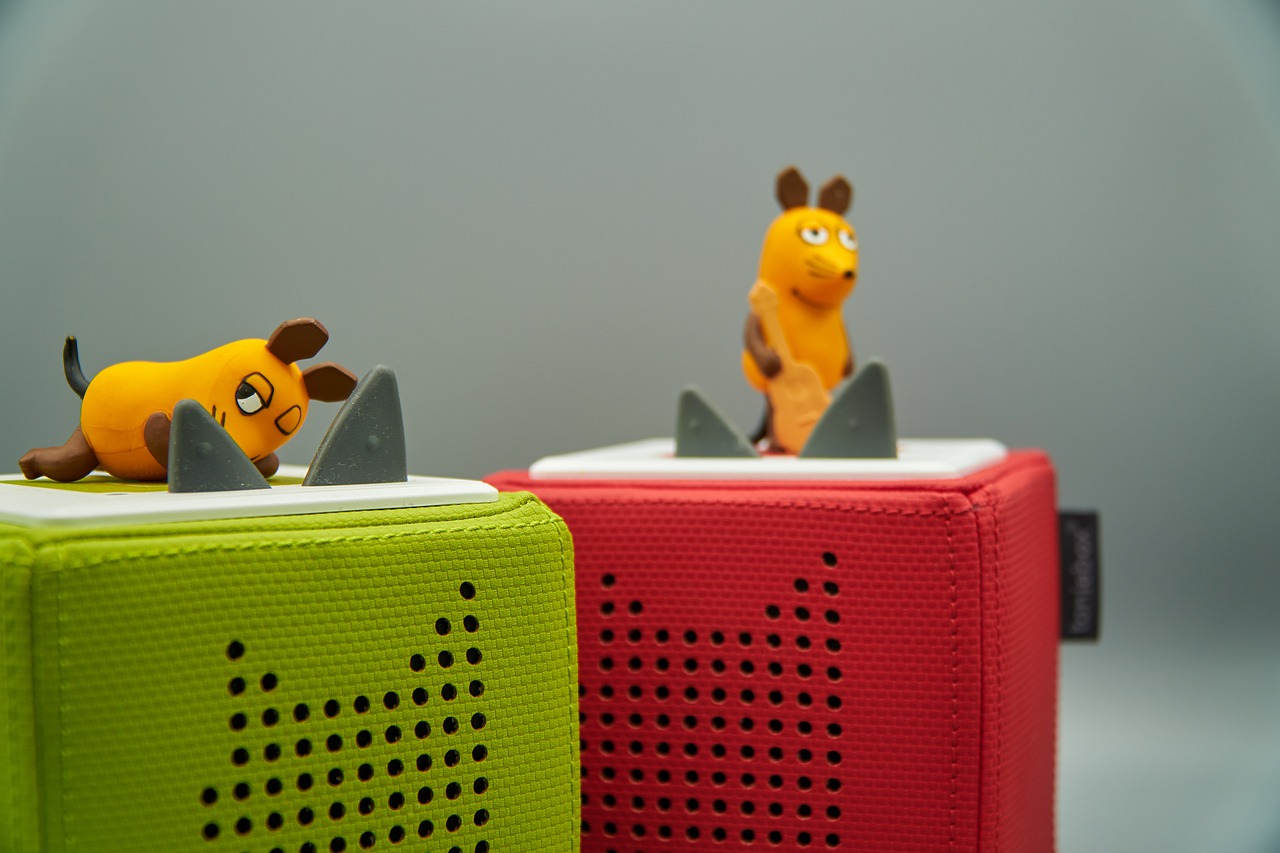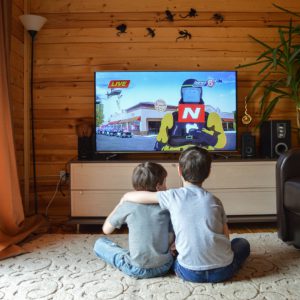Modern technologies have made all corners to the world available to us, as well as to our children. Today, the childhood that our children have differs quite a bit from the one we had, and it is completely different compared to the typical one a hundred years ago. Today, kids are faced with far more opportunities, and thanks to the Internet, a child’s first words do not even have to be in the native language of the parents. In fact, there are also some reports that some American parents played their children Peppa Pig cartoons so that their children would grow up to speak with a British accent.
What are some tools that can be used?
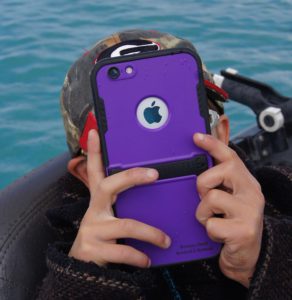
Of course, the first things that come to mind are TV, computer, and smartphone, but their usage should be limited when working with younger children, as they can interfere with the normal development of a child’s behavior and psyche.
However, there is a wide choice of tools that parents can use to stimulate their child’s linguistic development, including various kinds of audio toys, usually with buttons that emit a specific voice, sound, or a recording when a button is pressed.
How do children acquire a language?
This, unfortunately, is one of the questions that modern science still has not been able to answer; all analyses have only reached as far as the description of the process, but the mechanisms of it remain a secret. What we do know, however, is that young brains have the capacity to listen to an unintelligible string of sounds, and not only make sense of it, but also recognize a pattern behind it, and store that pattern for future use. This happens on all levels of language simultaneously, and it occurs in all healthy children.
How does the acquisition process go on?
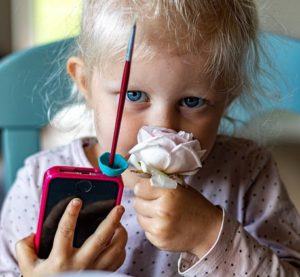
It is very important to note that the term ‘second language’ implies the mastery over it almost as well as it is the case with the native language. And similarly to the acquisition of the native language, children must have a comprehensible input in their surroundings. People are ideal for this, as their level of difficulty of speaking increases with the proficiency of the child, which is crucial for mastering a language. However, this need not happen in the earliest days of childhood, as long as it happens in the critical period.
What is the ‘critical period’?
Many linguists and psychologists agree that there is such a thing as a critical period for acquiring a language the way that people acquire their mother tongue; it is estimated that this period lasts until the age of 12. If the child has not acquired a language up to that point, the ability to use it is lost forever. Yet, within the critical period, exposure to any language would eventually lead to understanding and acquisition of the language. Fortunately, children respond quite well to all sources of language, which makes it very easy for them to ‘pick up’ a language in childhood.
So can children learn a second language using audio toys?
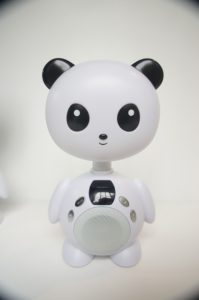
There is no reason why they could not, but it greatly depends on the toy and the level of mastery that you wish for your child to have.
If you wish for your child to have as good a command of the second language as it is the case with the native language, it will require a gradual increase of difficulty of the input. In short, toys might be effective in learning a second language, but it is only through careful observation of the child, and with carefully planning out the language acquisition process, that it can learn another language to a satisfactory degree.

